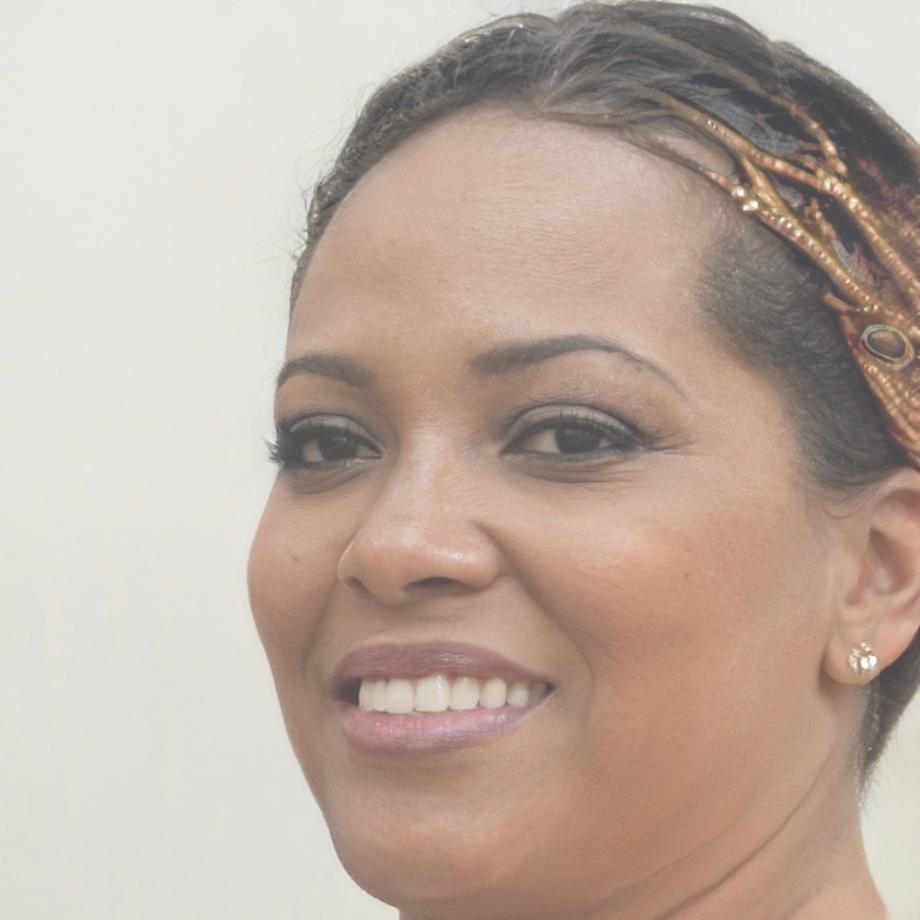Structuring Our Course: "Foundations of Business Finance for Modern Professionals"
Step into a space where learning meets doing—because what’s a skill if it just sits there? Tieup-bond’s approach is simple: focus on what works, teach what matters, and help you apply it in ways that stick.
Where Curiosity Meets Clarity, Chaos Inspires Learning
Master Your Path to Financial Growth
People often fixate on the wrong things when it comes to business finance basics. They obsess over formulas and frameworks, as if memorizing ratios or cash flow models will somehow solve real-world problems. But the truth? It's rarely about the math itself. What truly matters is understanding the why behind the numbers—seeing how decisions ripple through a business's financial health. In my experience, professionals often cling to surface-level metrics like profit margins or revenue growth, yet overlook critical dynamics like the timing of cash inflows or the actual cost of holding inventory. These oversights might seem minor until they aren't—until they become the reason a business struggles to meet payroll or scale effectively. And here's the thing: the deeper you go, the more you realize that business finance isn't just a set of rules; it's a way of thinking. A way of connecting decisions to outcomes. But the real transformation? It’s not just learning to "read the numbers." It’s learning to challenge assumptions—yours, your team's, even your company's. Participants walk away with the ability to look past flashy metrics and ask hard questions: How sustainable is this growth? Is this risk priced correctly? Why does this expense look fixed when it’s actually flexible? That shift in perspective is what sets apart those who simply know business finance from those who can navigate it. And when you start seeing things differently, you stop making the same mistakes that everyone else does. Instead, you start making decisions that actually matter—decisions grounded in clarity, not just confidence.
The course begins with the basics—a kind of ground-laying that feels more like a conversation than a lecture. You don't start with heavy formulas or dense spreadsheets. Instead, it’s about wrapping your head around the fundamental ideas. What is cash flow, really? How does it differ from profit? Those kinds of questions. It’s not all theory either; there’s an example early on about a coffee shop's expenses versus its daily revenue. Simple, right? But it sticks. Sometimes the instructor even pauses to ask, “Does this make sense?”—as if they’re in the room with you. Kind of refreshing, actually. Later, things shift—almost without you noticing—toward more textured ideas. Debt financing vs. equity financing. Not just definitions, but how you’d weigh them in real decisions. Like, imagine trying to convince a skeptical investor that your tiny software startup is worth the risk. That’s where case studies come in, and they're not overly polished. You’ll see messy numbers and half-baked budgets that make it feel more real. There’s this one segment on forecasting that gets into the weeds—projecting revenue streams with assumptions that, frankly, feel a little shaky at times. But isn’t that the point? Business isn’t neat. By this stage, you're not just learning terms; you’re thinking like someone who has skin in the game.Flexible Pricing Plans for Training
When choosing training options, it’s important to focus on what aligns with your goals and learning style. Sure, cost matters, but finding the right fit will make the difference in how much you truly gain. Think about what you need—whether it’s flexibility, depth, or a particular format—and go from there. After all, the best investment is one that works for you. Explore our options below to find your ideal learning path:
-
Advanced
The "Advanced" option focuses on deeper financial strategy, offering tailored insights to help refine decision-making and long-term planning. It’s ideal for those ready to move beyond the basics—think cash flow forecasting that actually adjusts to your real-world changes (not just a template). Plus, there’s a stronger emphasis on identifying growth opportunities you might’ve overlooked. People often say this tier gives them a clearer sense of control, especially when managing more complex goals.
510 $ -
Starter
The "Starter" pathway is designed for learners who are just dipping their toes into business finance—often people who feel a bit intimidated by numbers but want to build confidence. It focuses on two key aspects: clear, bite-sized explanations that demystify foundational concepts and practical examples tied to real-world decisions. No overwhelming jargon or dense theory here—just straightforward learning that feels approachable. And yes, there’s room to ask questions without worry, because this level assumes you’re starting from square one. It’s perfect for those who might say, “I’ve never been a numbers person, but I want to get better.”
250 $ -
Basic
The "Basic" participation format offers a straightforward trade: participants dedicate their time and attention, and in return, they get a foundational grasp of business finance essentials—nothing fancy, just the core concepts. And yes, it’s ideal for those who want to start small without overcommitting. Two things really stand out here: first, the freedom to learn at your own pace—no pressure, no deadlines, just clarity on the essentials. Second, the practical examples woven into the material—everyday scenarios that make abstract ideas click. It’s the kind of thing you can dip into between meetings or while waiting for your coffee to brew. Simple, approachable, and surprisingly useful for what it asks of you.
380 $ -
Supreme
The "Supreme" format is built around two standout elements: personalized coaching and real-world application. One-on-one sessions with a finance expert mean you’ll get tailored feedback—no generic advice here. For most people, that’s the real draw. The second piece? Guided case studies. You’ll practice solving actual business finance problems, not just sit through theory. If you’re someone who learns by doing, this can make everything click. That said, it’s intensive. Between prep work and sessions, you’ll need to carve out time consistently. It’s not for someone squeezed for bandwidth. But if you're serious and ready to commit, it’s a solid way to build confidence fast.
600 $
Feedback from Clients
Understanding Online Intensives
Starting with enrollment, the online learning journey feels like opening a door to a personalized classroom that’s just for you. After signing up—usually a quick process of filling out forms and choosing courses—you step into a virtual hub where everything you need is laid out: course materials, schedules, discussion boards. It’s a bit like walking into a library that’s been curated just for your goals. Lessons are often broken into bite-sized modules, which is great because you can tackle them whenever it fits your life. One day, you’re watching a video lecture while sipping your morning coffee; the next, you’re submitting an assignment at midnight because, well, life happens. Interaction with instructors and peers happens in forums or live sessions, which can feel surprisingly personal when people really engage. Quizzes and projects along the way keep you on track, and before you know it, you’re at the finish line, certificate in hand—probably wondering how the time flew by. It’s flexible but structured, casual yet focused, and very much what you make of it.
Take control of your education with engaging online courses. Study from anywhere and expand your skills.
Reach UsThe People Behind the Brand
Learning about money can sometimes feel like trying to solve a puzzle with missing pieces. It’s not just about equations or spreadsheets—it’s about understanding how decisions today shape opportunities tomorrow. That’s where tieup-bond steps in, offering an environment where business finance basics come alive. Their approach is refreshingly hands-on, blending practical knowledge with real-world applications. It’s not about memorizing terms; it’s about connecting the dots between concepts and everyday financial decisions. They believe that every student has the potential to thrive, and their mission is to make sure no one feels lost or overwhelmed along the way. At tieup-bond, support isn’t just a buzzword—it’s the backbone of everything they do. From personalized guidance to small group discussions, students are encouraged to ask questions, experiment with ideas, and even stumble a bit because that’s how real learning happens. By the end of the program, learners aren’t just walking away with knowledge; they’re walking away with confidence and clarity. Whether it’s understanding cash flow or mapping out a business plan, students leave equipped to make informed decisions and take on challenges with a sense of control. And honestly, that’s a skill worth its weight in gold.
Great leaders often start by seeing gaps others overlook—then working tirelessly to fill them. That’s exactly how a former educator with a sharp eye for untapped potential transitioned into an educational entrepreneur. After years of teaching, mentoring, and building curricula in the fields of business and finance, she realized something crucial: countless professionals struggled with the financial foundations necessary to thrive in their careers. But the issue wasn’t their lack of drive—it was the absence of accessible, practical education on the subject. That realization planted the seed for what would become tieup-bond. Drawing on her extensive experience in education and finance, she set out to create an online platform that doesn’t just teach concepts but truly empowers learners to apply them in real-world scenarios. What makes her leadership stand out? It’s not just her vision but the way she brings her team along for the ride. Colleagues often mention her knack for fostering collaboration and her openness to ideas—a refreshing mix of precision and adaptability. And she’s hands-on in ensuring course quality, too. From overseeing content development to gathering feedback directly from users, she’s relentless about maintaining high standards. The result? Courses that are engaging, relatable, and grounded in the realities of business finance. Her approach serves as a reminder that education isn’t just about teaching—it’s about connecting with people and giving them tools to succeed.


